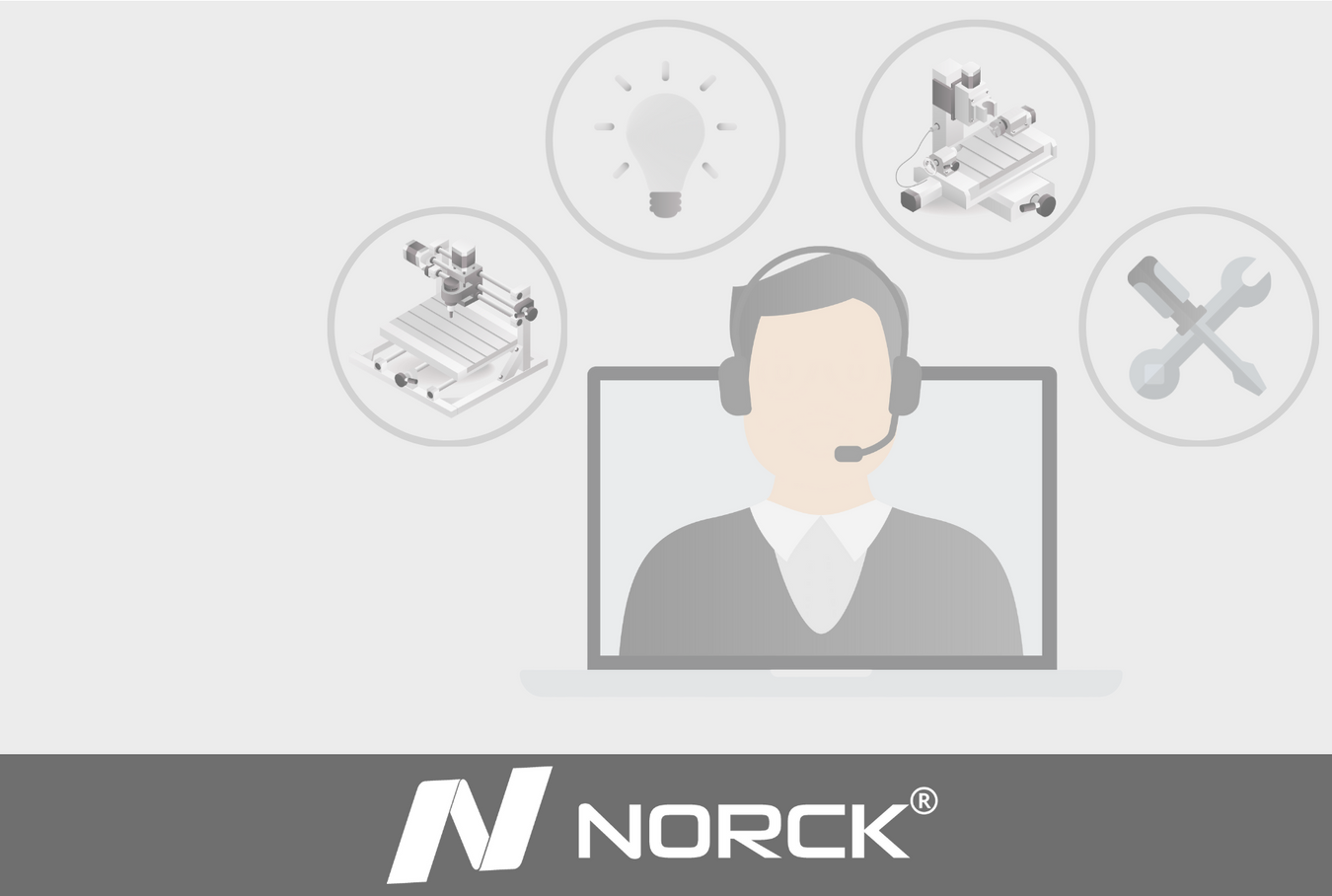
Engineering Expertise, Every Step of the Way
Norck offers custom manufacturing and engineering solutions tailored to your specific needs, across various industries.
Norck: Accelerate Your Development with Expert Rapid Prototyping
Norck delivers fast, accurate, and cost-effective prototypes using CNC machining, 3D printing, sheet metal fabrication, and injection molding. Our skilled engineers and advanced technologies ensure your designs are validated quickly, exceeding expectations across diverse industries.
Expanded Capabilities:
3D Printing (FDM, SLA, PolyJet, MJF):
Why Norck for Rapid Prototyping?

Norck is certified with the ISO 9001:2015 quality management system, showcasing its dedication to excellence. Key aspects include:
This certification reflects Norck’s ongoing commitment to quality and performance.
Click here to view Norck's ISO certification.


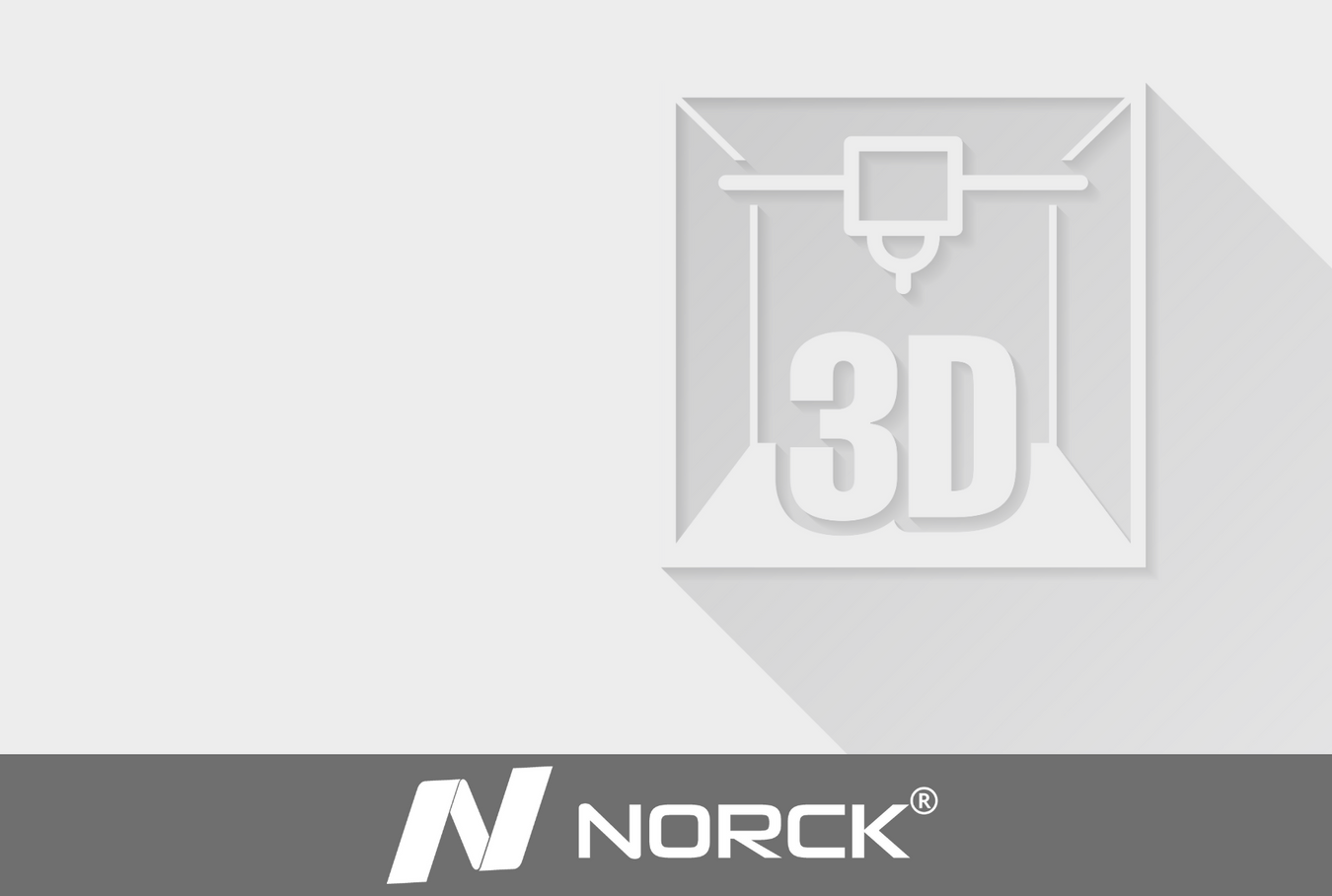

Rapid prototyping is a set of fabrication techniques with a quick turnaround. It helps turn designs into scaled prototypes as close to the designed model. It is used in the preliminary stages of product development.
Rapid prototyping can be used in conceptual models, functional prototypes, tooling, electronics, and medical industries.
The most used techniques for Rapid prototyping are 3D printing, selective laser sintering (SLS), CNC machining, and sheet metal fabrication.
Rapid prototyping is used to:
- Validate the functionality of a part/assembly before launching the mass production
- Demonstrate the aspect and features of a product and gives firsthand user experience
- Reduce the cost of a product by minimizing the time of development and production drastically
Rapid prototyping techniques can be divided into two categories:
- Compressive manufacturing: by forming a base material into a shape such as 3D printing
- Subtracting manufacturing: by removing material such as CNC machining and sheet metal fabrication
Norck offers three types of rapid prototyping, 3D printing, CNC machining, and sheet metal fabrication.
The most used process is 3D printing which is an additive manufacturing process. In 3D printing, there are types such as:
a. Fused deposition modeling (FDM):
FDM is the most popular and most cost-effective of the 3D printing processes. It uses a filament of a thermoplastic material such as PLA AND ABS. The filament passes through a hot nozzle that melts it and using a computer-controlled system, the nozzle moves along two axes and deposits the melted material on a platform. When a whole layer of the desired shape is deposited, the nozzle moves up to deposit the next layer. Once the 3D printed model is finished, it can be removed from the platform, any excess material or burrs is removed, and surfaces are smoothed.

b. Stereolithography (SLA):
SLA 3D printing uses a bath of UV-sensitive liquid resin and an ultraviolet laser beam to solidify the liquid layer by layer. The laser beam is computer controlled. The solid layer is pulled up, and the next layer is processed. Once the 3D printed model is finished, it can be removed from the platform and submerged in isopropyl alcohol to remove any excessive resin. Then the model gets exposed to passive UV light. SLA models are less rigid than FDM printed models.
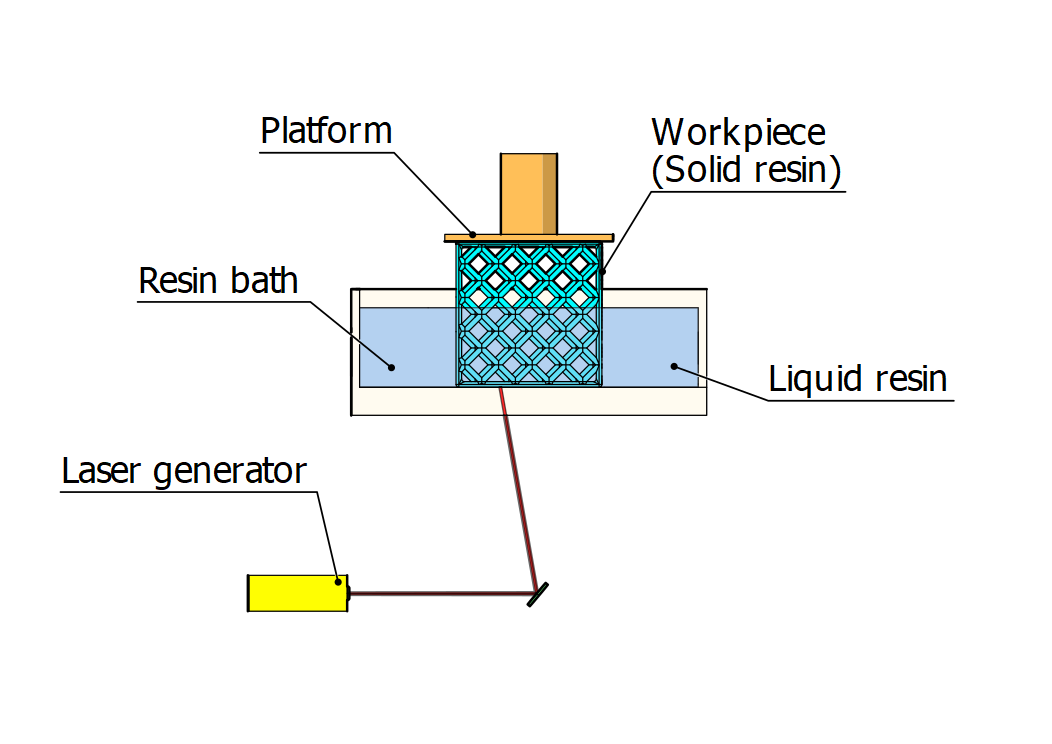
c. Selective laser sintering (SLS):
It uses a laser to sinter a bed of powder-based materials (Metal, resin, or polymer) to turn the powder into solid products. Materials used in SLS are more fragile than those used in FDM or SLA. Printed models can be finished using sanding, polishing, or spray coating. SLA parts have higher accuracy and smoother surfaces than SLS and FDM.
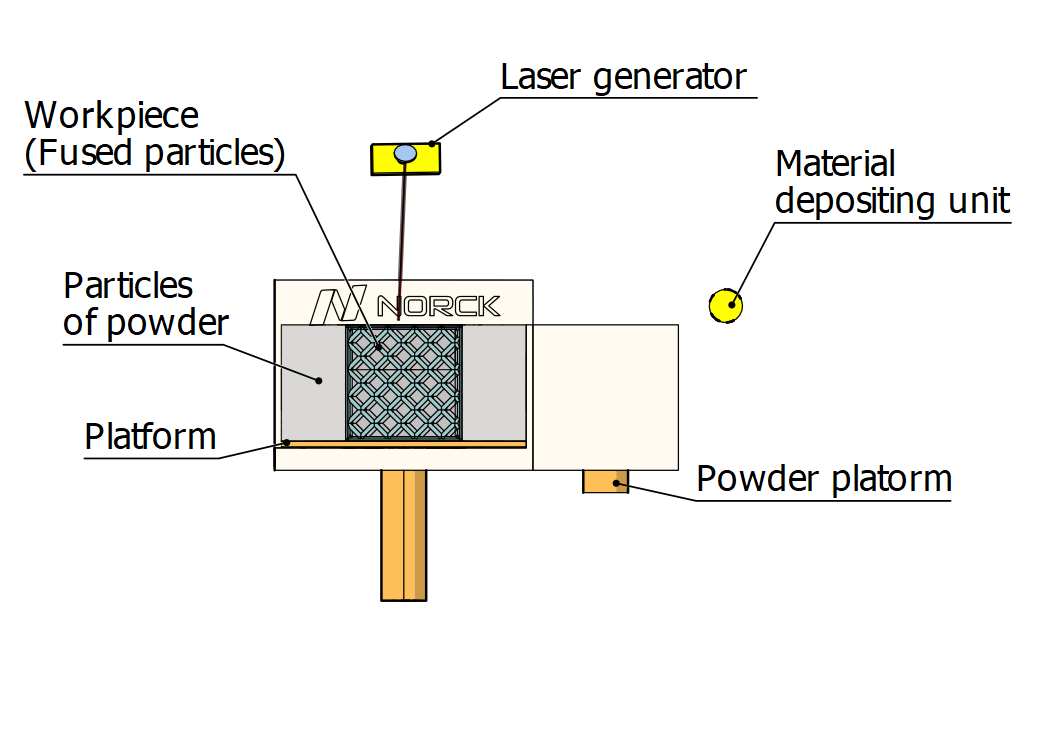
Comparison between the four techniques can help you narrow your choice, or contact us to get more information:
|
|
Dimension Accuracy (mm) |
Layer height |
Build size |
|
FDM |
±0.2 |
0.05 to 0.2 |
900x600x900 |
|
SLA |
±0.02 |
0.05 to 0.15mm |
1500x750x500 |
|
SLS |
±0.3 |
0.1 to 0.12 |
550x550x750 |
Parts and assemblies should follow specific design rules to be cut properly. Norck offers engineering services that will help you confirm your design for 3D printing.
CNC machining designates a subtractive process in which operations like milling, turning, and drilling is performed to produce the designed parts by removing layers of material from the primitive material shapes. The advantage of traditional machining is that CNC machining uses computer-controlled machines, which means more accuracy, higher fabrication speed, and low labor cost.

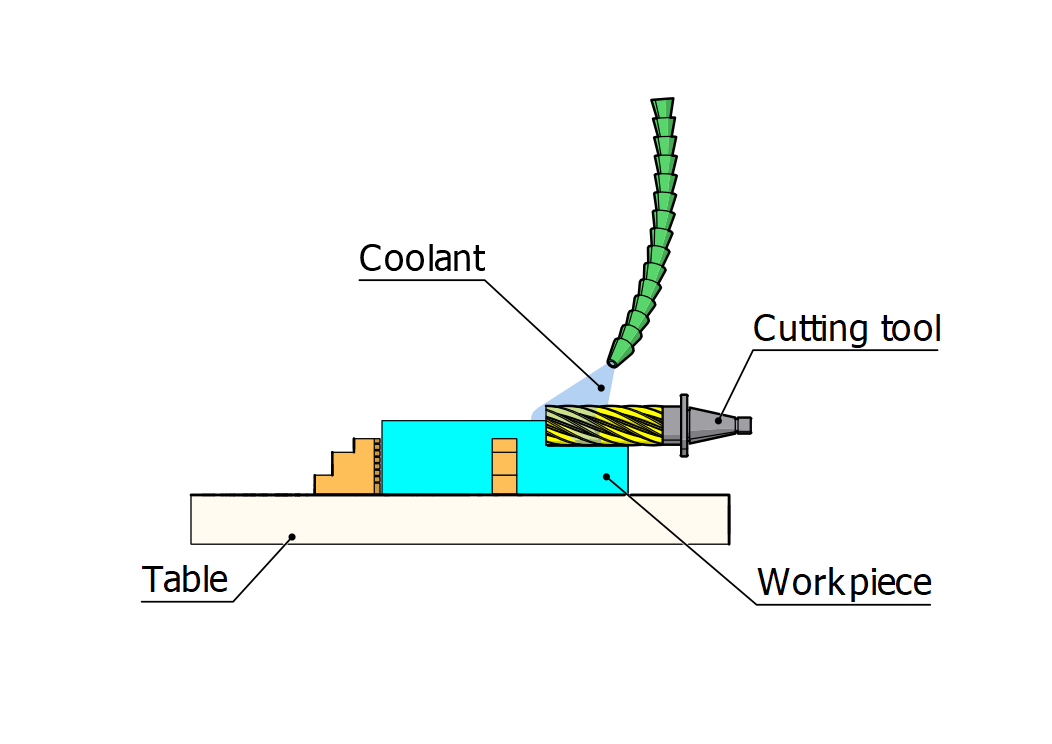





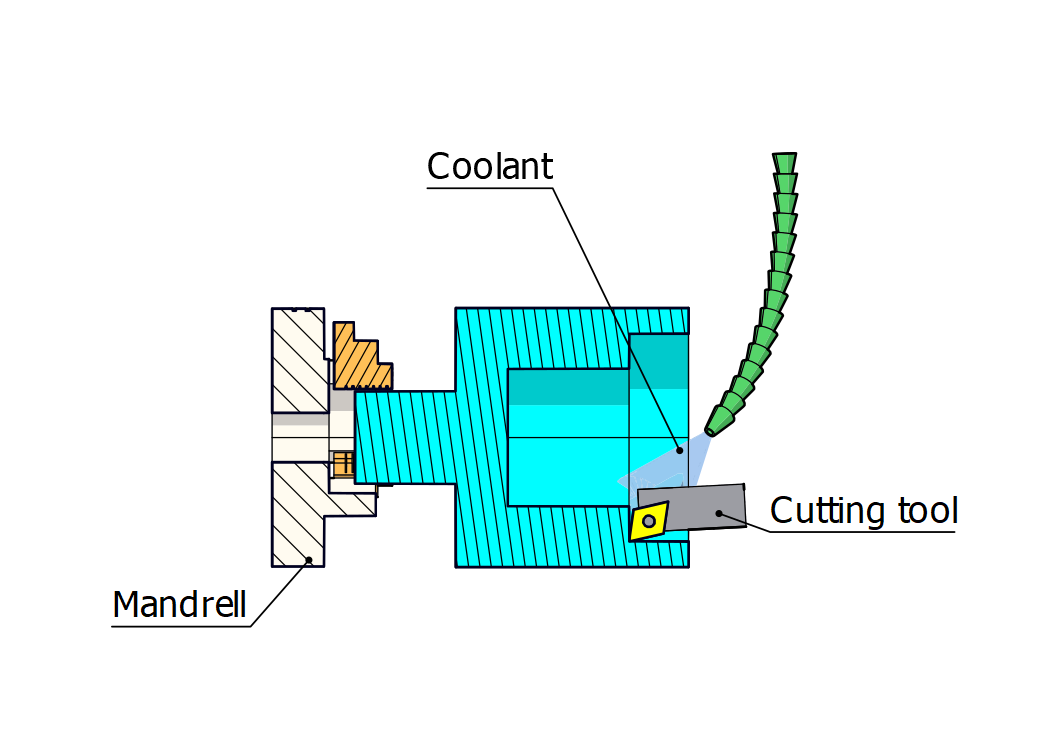

Refer to the CNC machining and Design rules for further information.
Norck is a technology-powered manufacturing leader specializing in CNC machining, 3D printing, sheet metal fabrication, and injection molding. Our intelligent, data-driven approach ensures exceptional quality, optimized costs, and seamless supply chain management for companies worldwide.
Key Services:
Why Choose Norck?
Experience the Norck difference. Get a quote fast for your manufacturing needs today!

Unlock the vast mount of CNC machining capacity with Norck for custom component manufacturing, precision metal and plastic manufacturing.
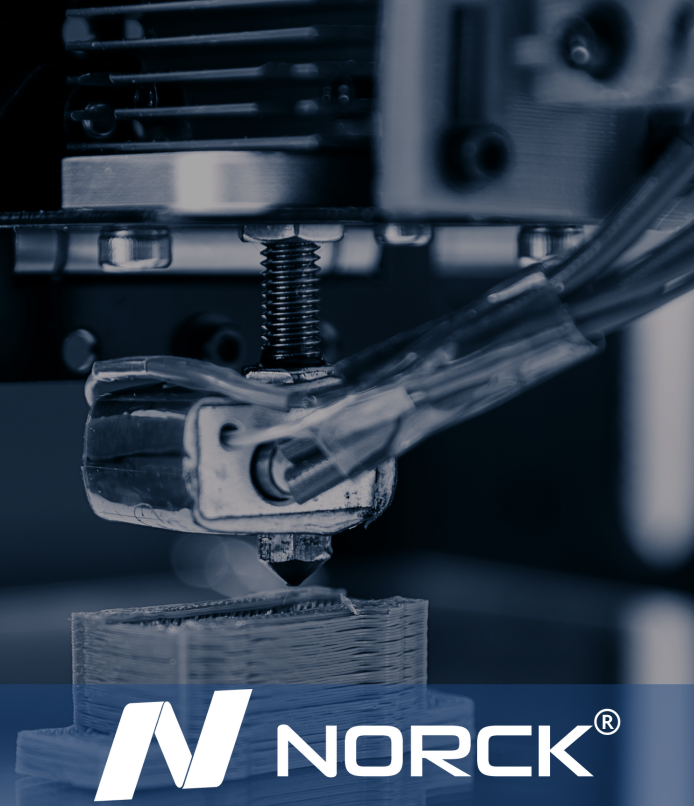
Whether you need 3D-printed parts in plastic or metal, Norck has the right capacity and solution for you.


Thousands of companies around the world rely on Norck's vast capacity and its extremely qualified capabilities to get their sheet metals fabricated.

Norck's advanced CNC machining capabilities include precision turning, milling, grinding, and honing.

Norck provides precision CNC cutting services such as laser cutting, plasma cutting, and waterjet cutting.

Norck's on-demand 3D printing and additive manufacturing services include nearly all 3D printing methods and technologies.
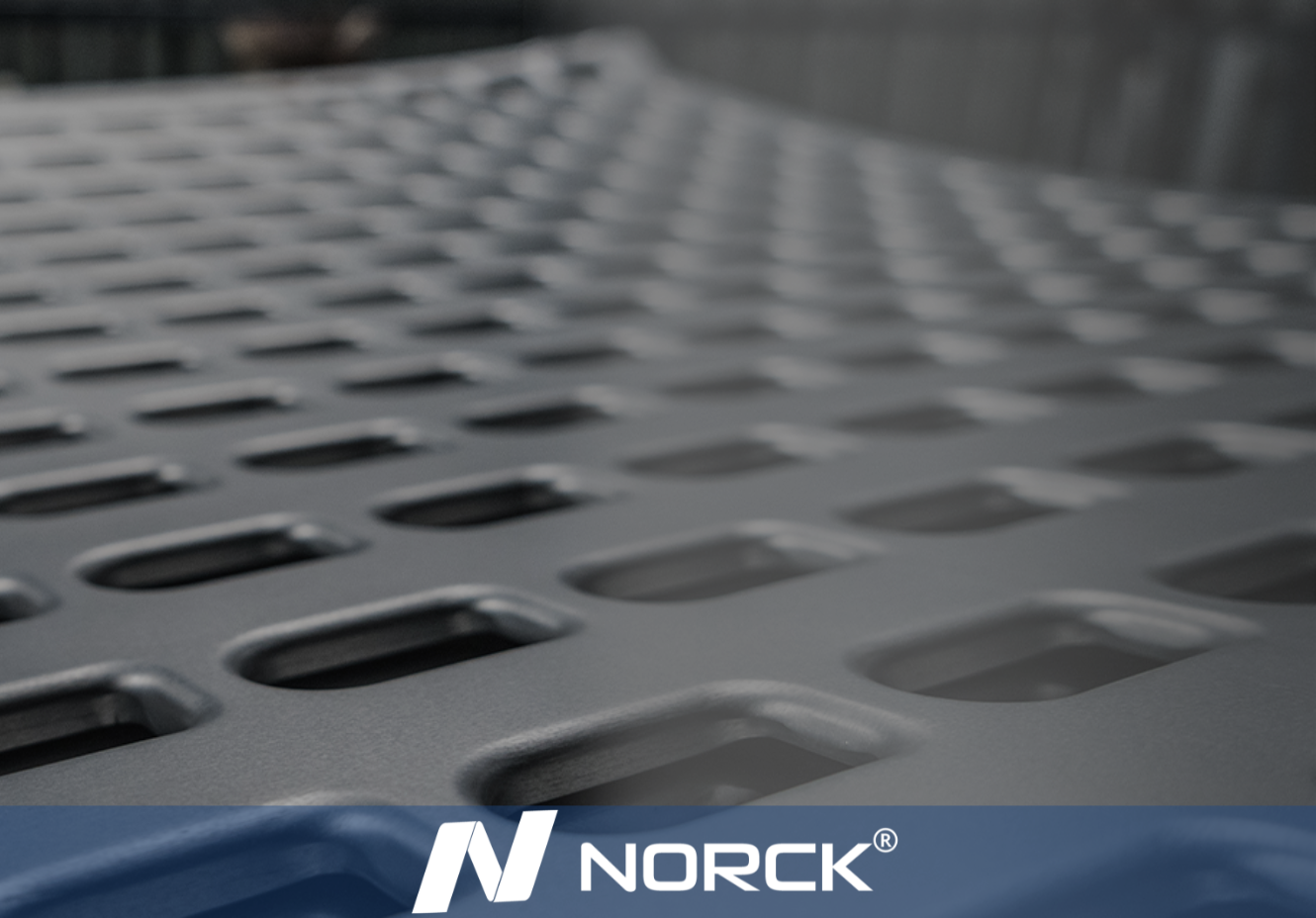
Norck's advanced technical and technological capabilities make it one of the most on-demand sheet metal fabrication companies across the world.
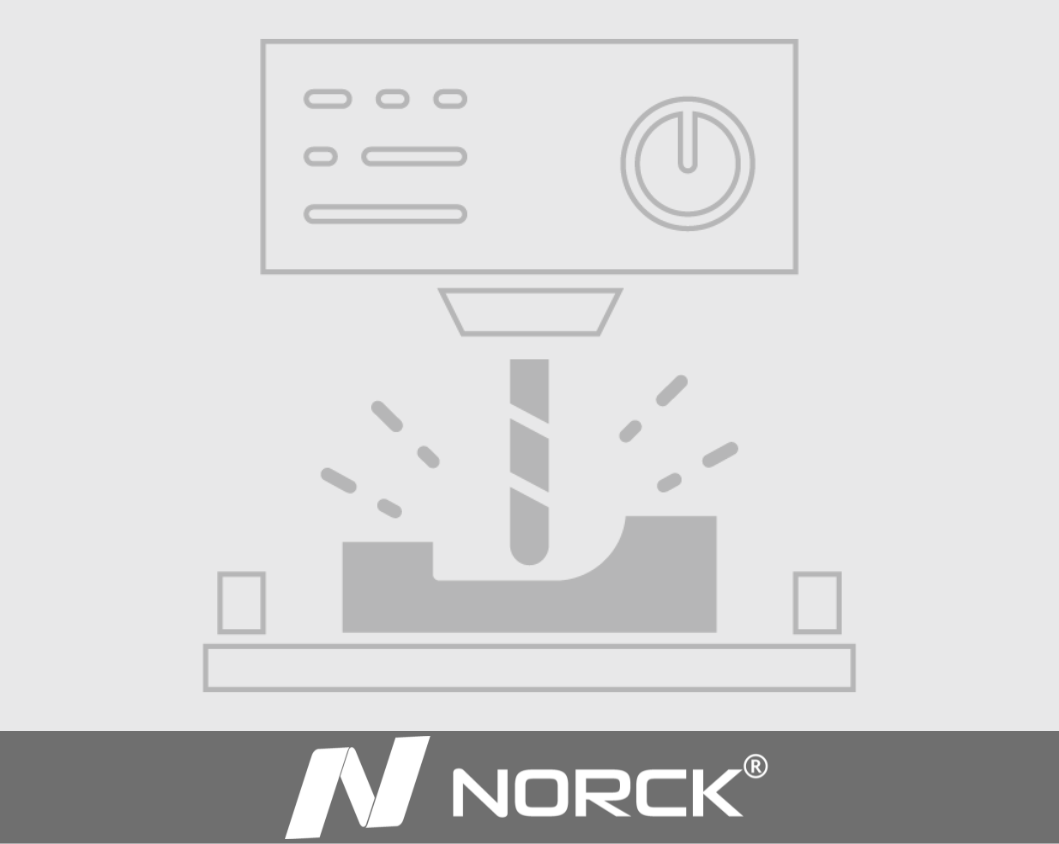
Looking for a reliable, lifelong supplier to manufacture your next custom metal parts? Click to learn more about Norck’s capabilities in On Demand CNC machining.

All industries including consumer products, electronics, energy, hardware, aerospace, defense, automotive, robotics, machinery are covered.

In a hurry to test before embarking on a full scale production or need high volume production? Turn to Norck for its advanced 3D printing and rapid prototyping services for your next project.
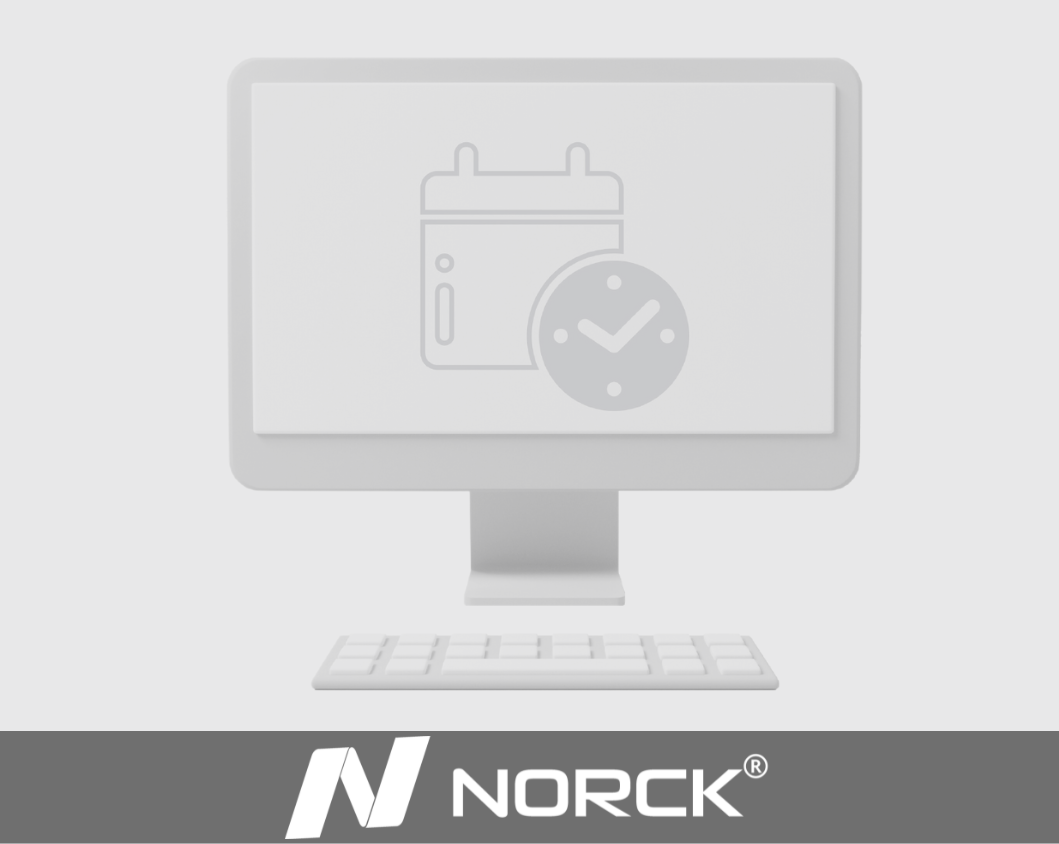
Get a quote for your next sheet metal part, custom part made with CNC machining, or 3D printing.